Are Daylilies Edible - Can I Eat Daylilies
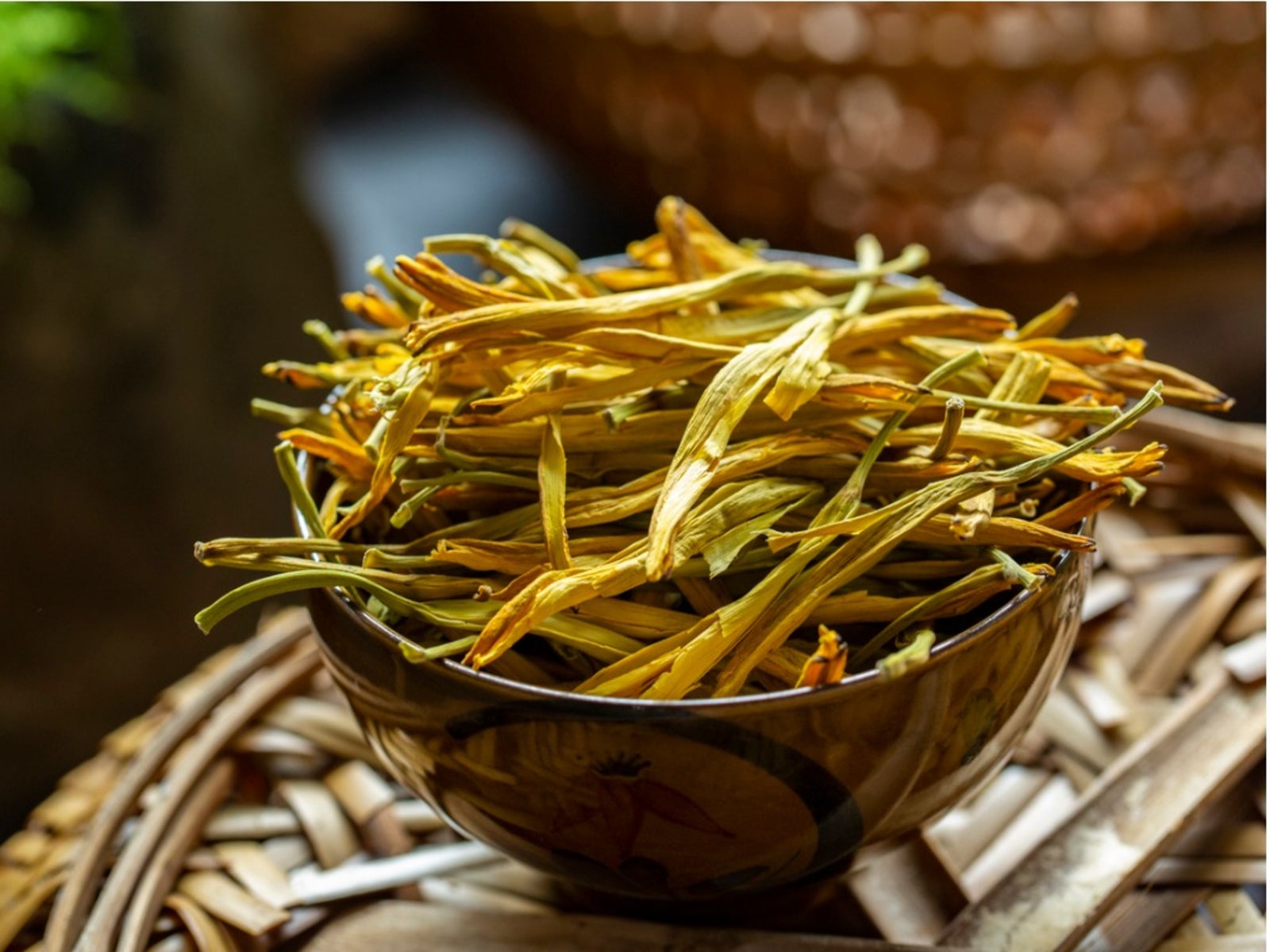

Keeping an edible food garden is an excellent way to stretch your grocery dollar and provide interesting, often hard to find delicacies. But you don't have to sacrifice beauty for food. Daylilies are staggeringly beautiful, and have the potential to grace your dinner table. So if you are questioning, "is daylily edible," ask no more. And best of all, they exists in many regions and climates.
Are Daylilies Edible?
Can I eat daylilies? All of us can! If you have a plant you can harvest 4 daylily edible parts in different seasons of the year. Daylilies originated in Asia but have become naturalized in most of the US. In fact, they are noxious weeds in many states. Wild daylilies are a fortunate sight for serious foragers. You can eat the tubers, young shoots, flower buds, and flowers. Each part has a different flavor and texture. they can be eaten as a stand-alone side dish or added to soups, stews, and salad.
A word of caution: Be certain your plant is a daylily, as lookalike true lilies can cause some serious gastrointestinal issues as well as other symptoms.
Daylily Edible Parts
Now that we have answered the "are daylilies edible" question, we can turn our attention to what parts we can enjoy. The plant has been part of Asian cuisine for centuries and is even deemed to have certain medicinal powers. You can eat young shoots in spring, either raw or sautéed gently. They are considered similar to a young asparagus shoot, but with a lighter flavor. The flower buds are quite a delicacy. Sautéed or steamed, their flavor is said to resemble young green beans. Use them in similar ways. The open flower, which only lasts 1 day, can be wrapped around rice or other savory stuffing. They don't have much flavor but make a pretty dish. The best parts are the tubers. They are used like fingerling potatoes, but have a better flavor.
Which Daylilies are Edible?
As long as you have correctly identified a plant as a Hemerocallis, you can eat it. The most flavorful are said to be the common variety, Hemerocallis fulva. Those are the yellow ones that are so common they are almost a plague.
There are around 60,000 varieties of daylily due to diligent breeding, and it is not suggested they are all edible. Some may cause irritable stomachs, while other simply taste awful. In spite of many foragers touting the tastiness of all species of Hemerocallis, it is best to stick with the common variety which is genuinely yummy and safe to eat. As with any new food, try just a little bit at first to gauge your reaction and its usefulness to your palate.
Gardening tips, videos, info and more delivered right to your inbox!
Sign up for the Gardening Know How newsletter today and receive a free copy of our e-book "How to Grow Delicious Tomatoes".

Bonnie Grant is a professional landscaper with a Certification in Urban Gardening. She has been gardening and writing for 15 years. A former professional chef, she has a passion for edible landscaping.
-
 Get Ready For A Summer Of Hummers! Grow These Full Sun Hummingbird Plants and Flowers
Get Ready For A Summer Of Hummers! Grow These Full Sun Hummingbird Plants and FlowersIf you’re lucky enough to enjoy a sunny backyard, make sure you are maxing out on your pollinator opportunities and grow these full sun hummingbird plants and flowers
By Tonya Barnett
-
 12 Lush Alternatives To A Lawn For Sustainable Spaces
12 Lush Alternatives To A Lawn For Sustainable SpacesAlternatives to a lawn are beautiful and also beneficial to your local ecosystem and its pollinators. Explore our top picks for plants to replace grass.
By Tonya Barnett
-
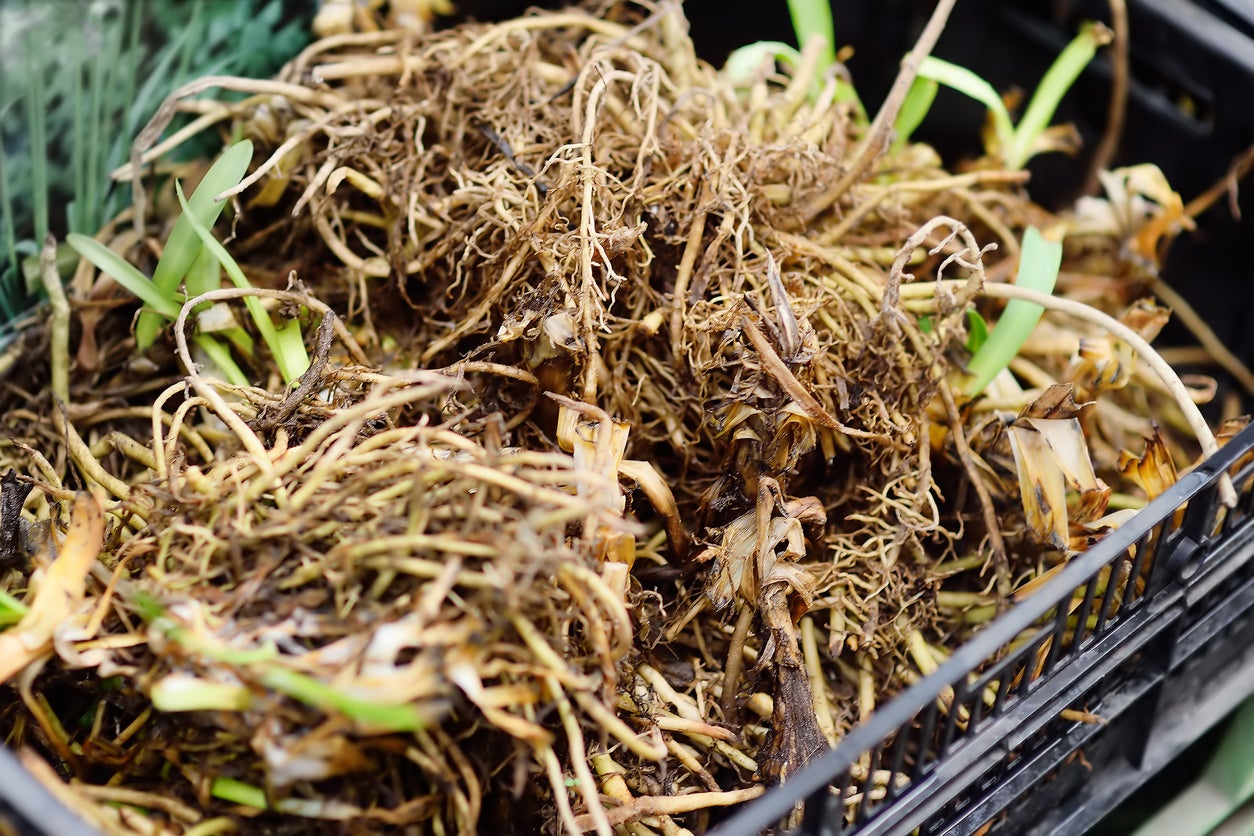 Daylily Tuber Winter Care – Learn About Overwintering Daylily Plants
Daylily Tuber Winter Care – Learn About Overwintering Daylily PlantsDaylilies are some of the toughest flowers around, but if you’re concerned about daylily plants in winter, digging and storing daylily tubers isn’t a bad idea, especially in climates north of USDA plant hardiness zone 5. Click this article to learn what to do with daylilies in winter.
By Mary H. Dyer
-
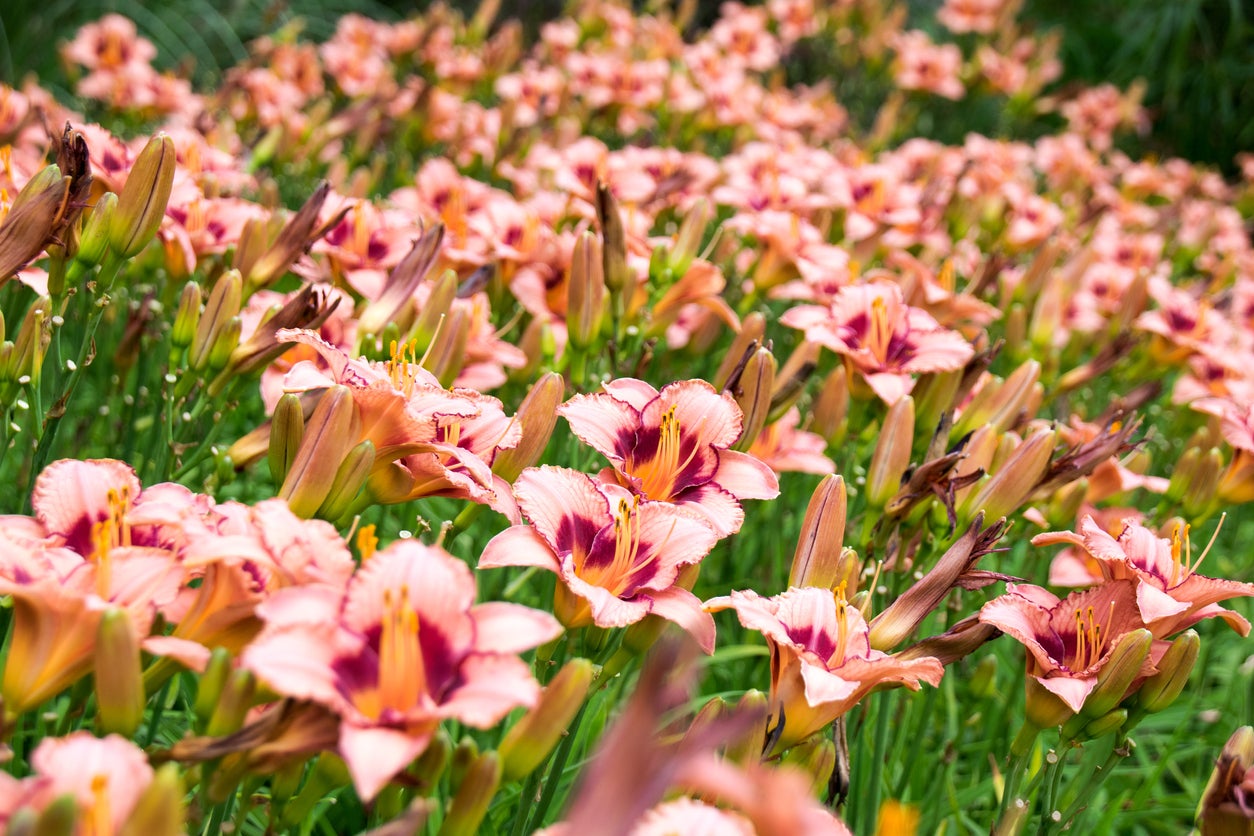 Daylily Division Guide: Learn How And When To Divide Daylilies
Daylily Division Guide: Learn How And When To Divide DayliliesDaylilies are pretty perennials with striking blooms, each of which only lasts for one day. They don’t require much care once established, but dividing daylilies should be done every few years to keep them healthy and blooming. Learn when and how to do this here.
By Mary Ellen Ellis
-
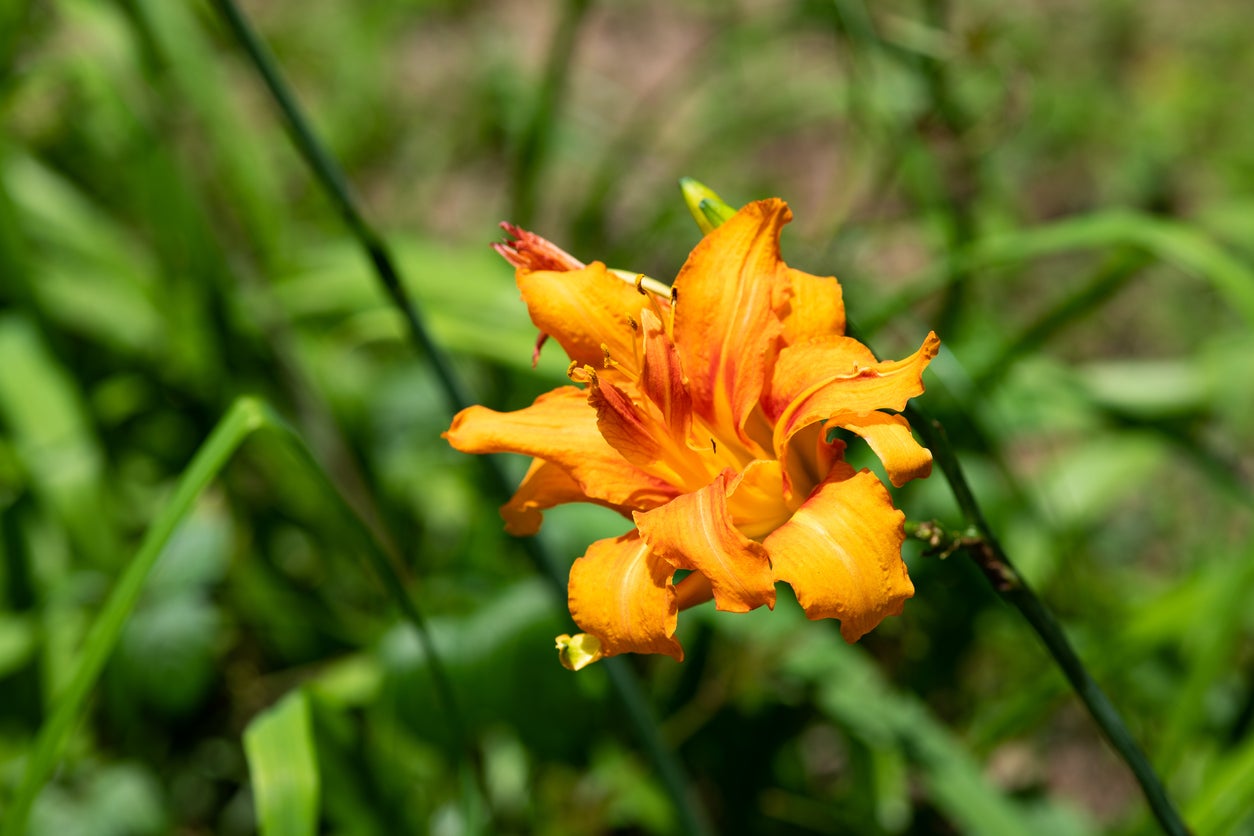 How And When To Cut Back Daylilies: Daylily Trimming Made Simple
How And When To Cut Back Daylilies: Daylily Trimming Made SimpleDaylily trimming after bloom time will keep these beauties tidy and disease-free. Trim the plants back after they bloom and before you divide them.
By Mary Ellen Ellis
-
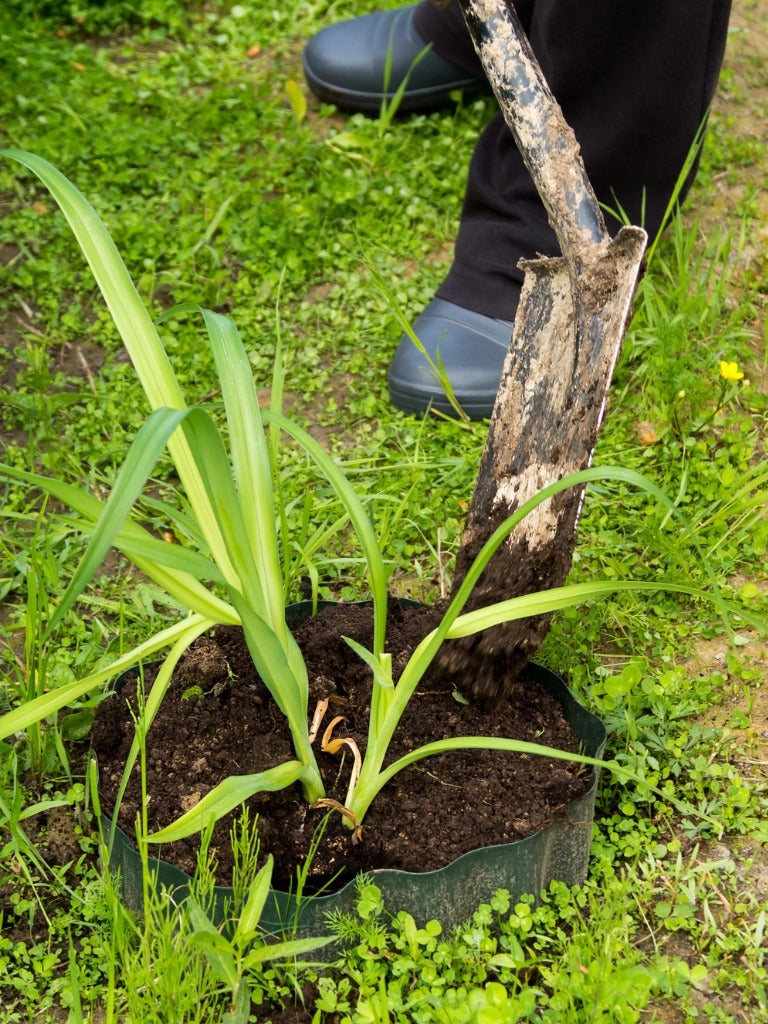 How To Transplant Daylilies: Learn About Moving Daylilies In The Garden
How To Transplant Daylilies: Learn About Moving Daylilies In The GardenDaylilies like to be divided every three to five years for optimal blooming. Moving and transplanting daylilies takes a little finesse. The following information on how and when to transplant daylilies will have you an old pro at dividing and moving daylilies in no time.
By Amy Grant
-
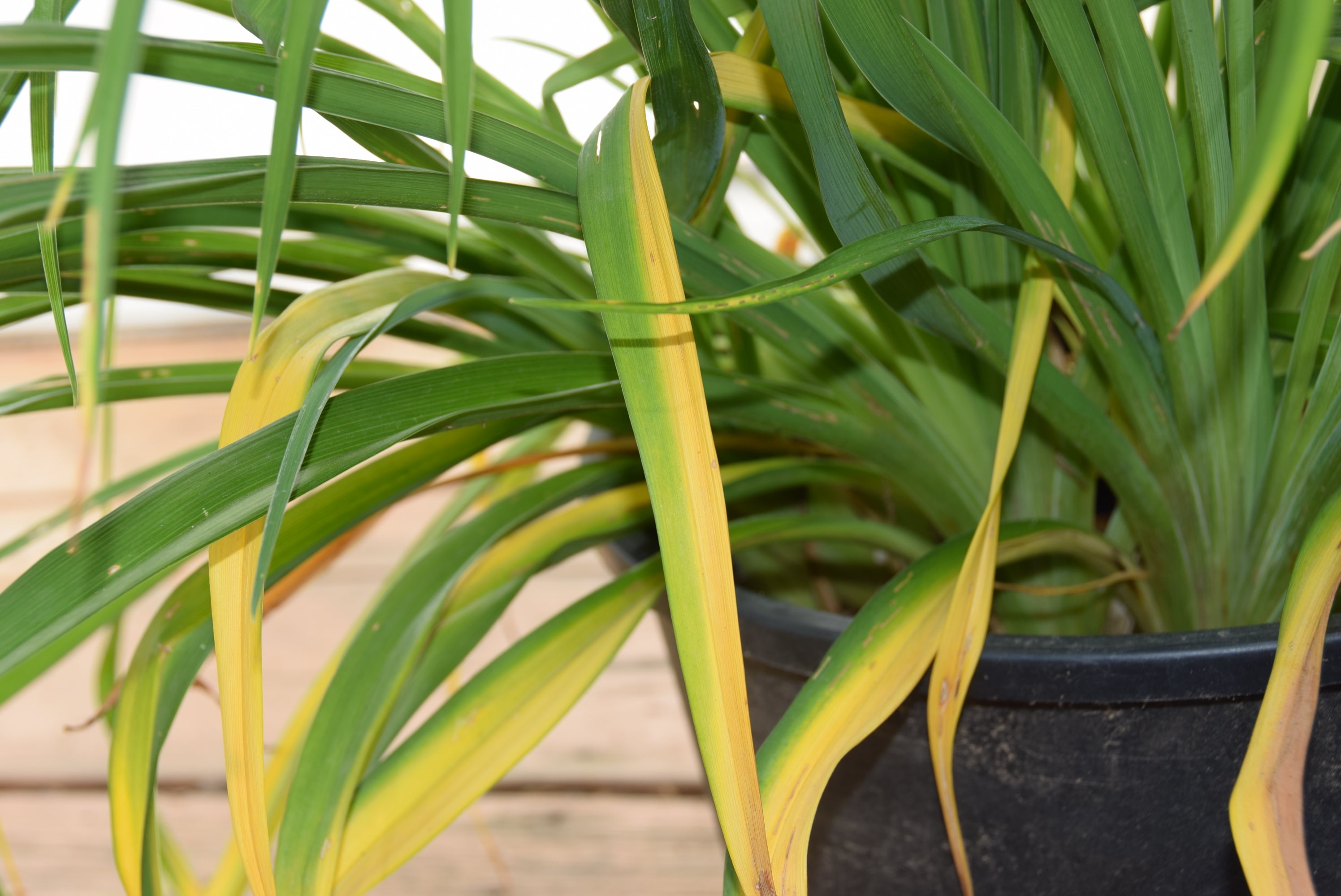 Streaks On Daylily Leaves: Learn About Daylily Leaf Streak Disease
Streaks On Daylily Leaves: Learn About Daylily Leaf Streak DiseaseDaylily plants are among one of the most popular perennial landscaping flowers. While robust, there are some issues that may cause these plants to struggle in the garden. Daylily leaf streak, for instance, can cause distress. Learn more about this disease here.
By Tonya Barnett
-
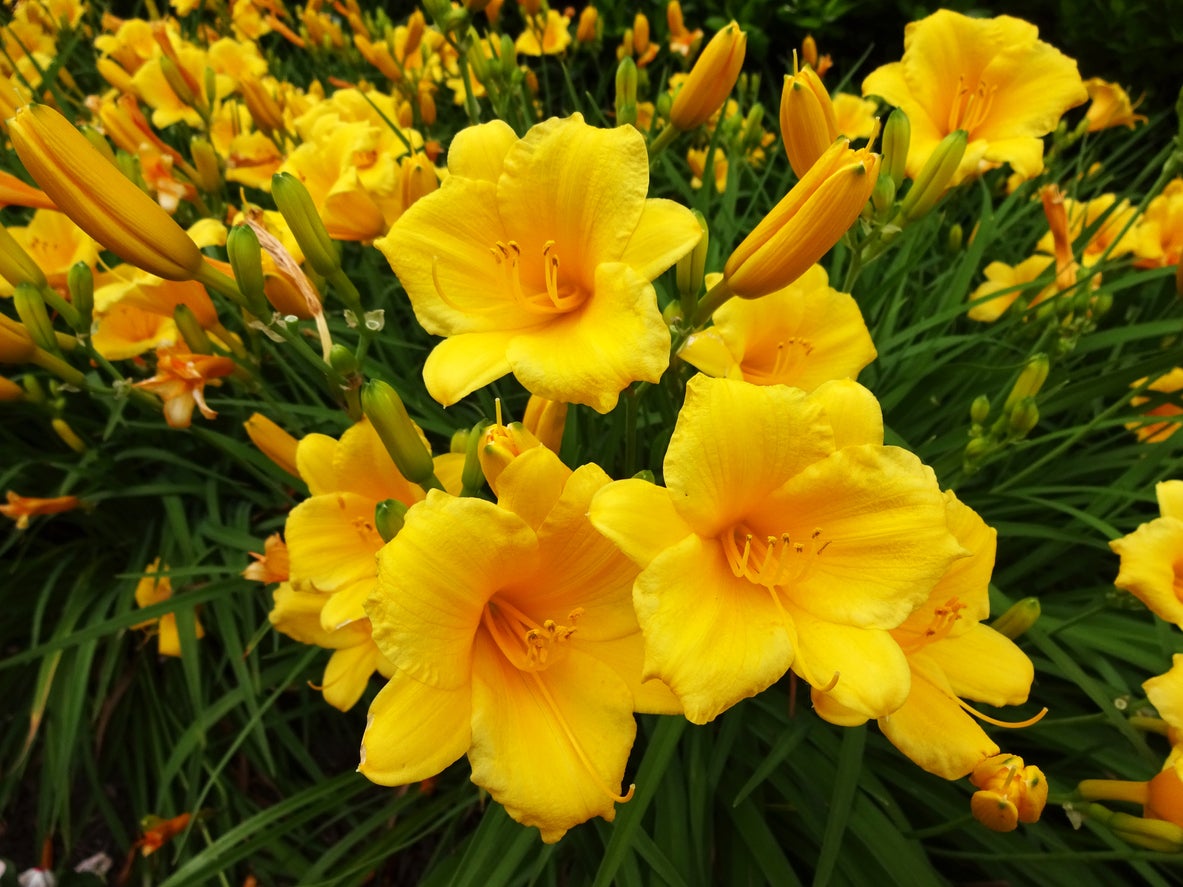 Deadheading Daylily Flowers: Is It Necessary To Deadhead Daylilies
Deadheading Daylily Flowers: Is It Necessary To Deadhead DayliliesThe daylily plant will only bloom for one day. Luckily, each plant produces multiple blooms that flower continuously, creating the beautiful display its growers have come to love. But what happens once the blooms fade? Is daylily deadheading necessary? Find out here.
By Tonya Barnett
-
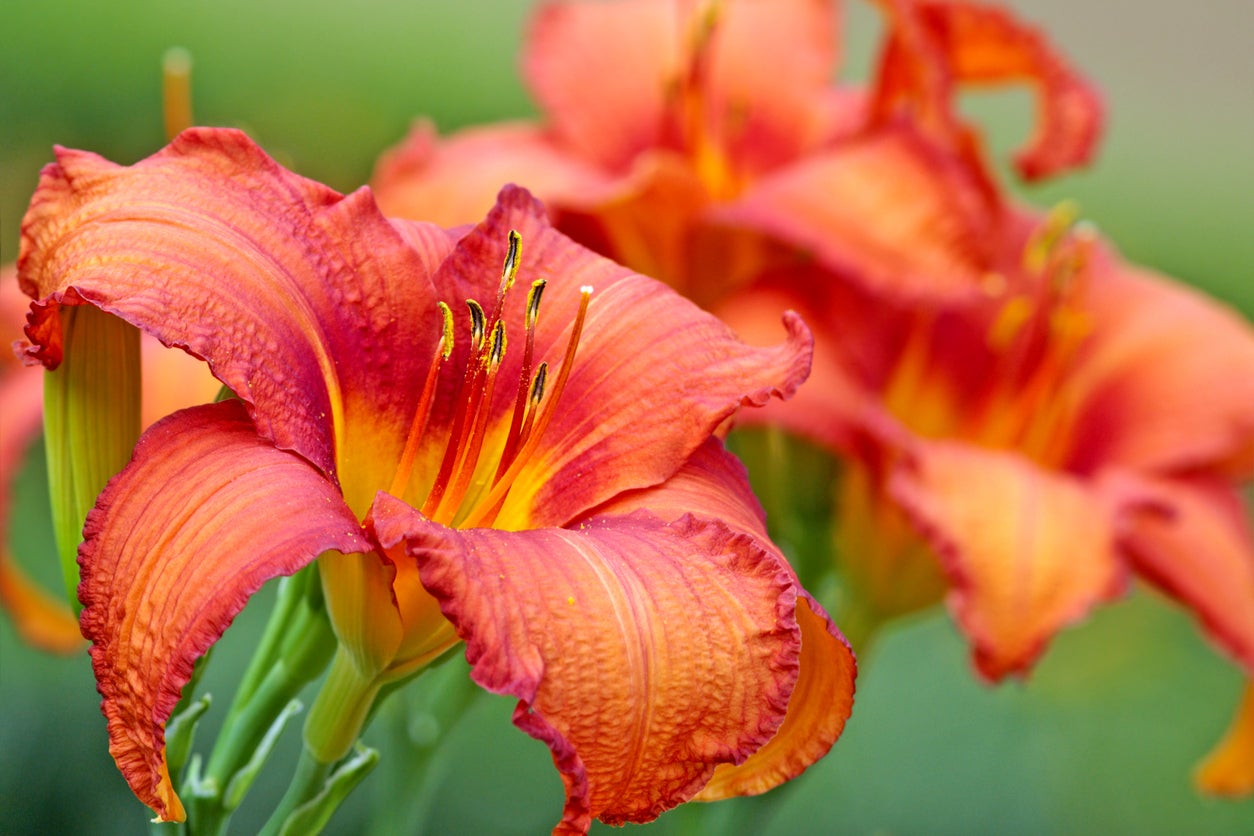 Daylily Fertilizer Needs – How To Fertilize Daylilies
Daylily Fertilizer Needs – How To Fertilize DayliliesDo you need to start fertilizing daylilies? That can depend on the soil. If the soil is poor, feeding these plants may help them to thrive. For more information on daylily food and tips on how to fertilize daylilies, simply click on the following article.
By Teo Spengler
-
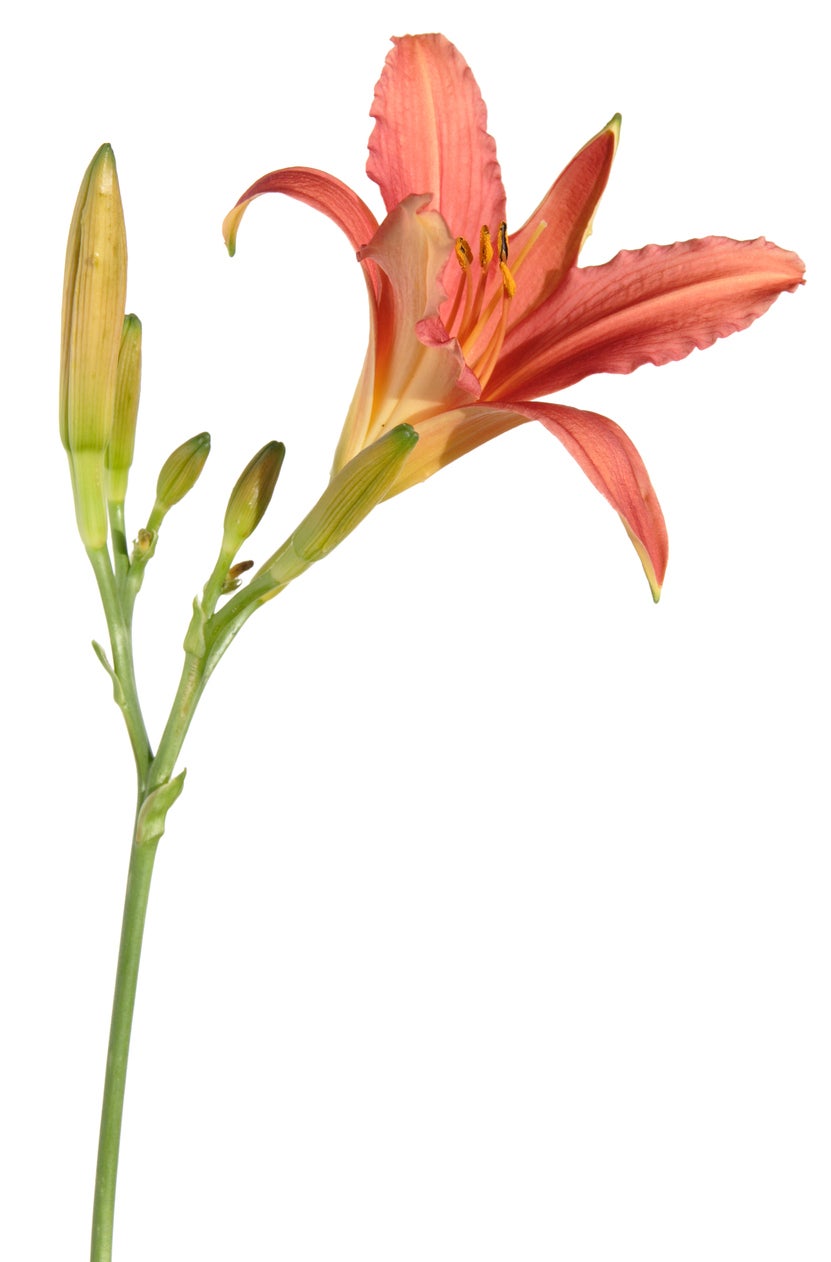 Daylily Scape Info: Learn About Daylily Scape Identification
Daylily Scape Info: Learn About Daylily Scape IdentificationDaylilies require little maintenance other than pulling out the scape at the correct time. What is a daylily scape? Scapes in daylilies are the plants’ leafless stems on which the flowers appear. For more daylily scape information, click on the following article.
By Teo Spengler